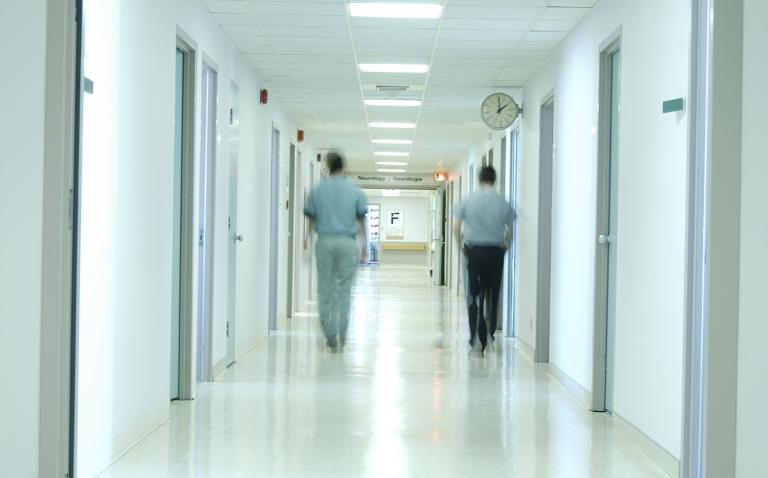Scientists have come up with a range of hi-tech paints that release tiny bacteria-killing particles when activated by fluorescent lights, meaning they could be used to kill hospital superbugs.
The paints – developed by nanotechnology experts at Manchester Metropolitan University, UK – can be used on walls, ceilings and other surfaces.
They contain tiny particles of titanium dioxide – the dazzling white compound often used as a brightener in commercial paints, or in the powder used for the white lines to mark out the courts at Wimbledon.
These particles can kill bacteria and destroy dirt when they absorb ultraviolet light energy from the sun. They produce active molecules that clean the painted surfaces.
The researchers looked at the survival of the food poisoning bacterium Escherichia coli on different formulations of paints containing the titanium nanoparticles under different types and intensities of lights.
Lead researcher Lucia Caballero said: “We found that paints containing titanium dioxide are more successful at killing bacteria if the concentration of the nanoparticles is stronger than in normal paint. Our best results showed that all the E coli were killed under ordinary fluorescent lights.”
The findings were presented at the Society for General Microbiology’s Autumn meeting at Trinity College, Dublin, Republic of Ireland.
Copyright PA Business 2008










